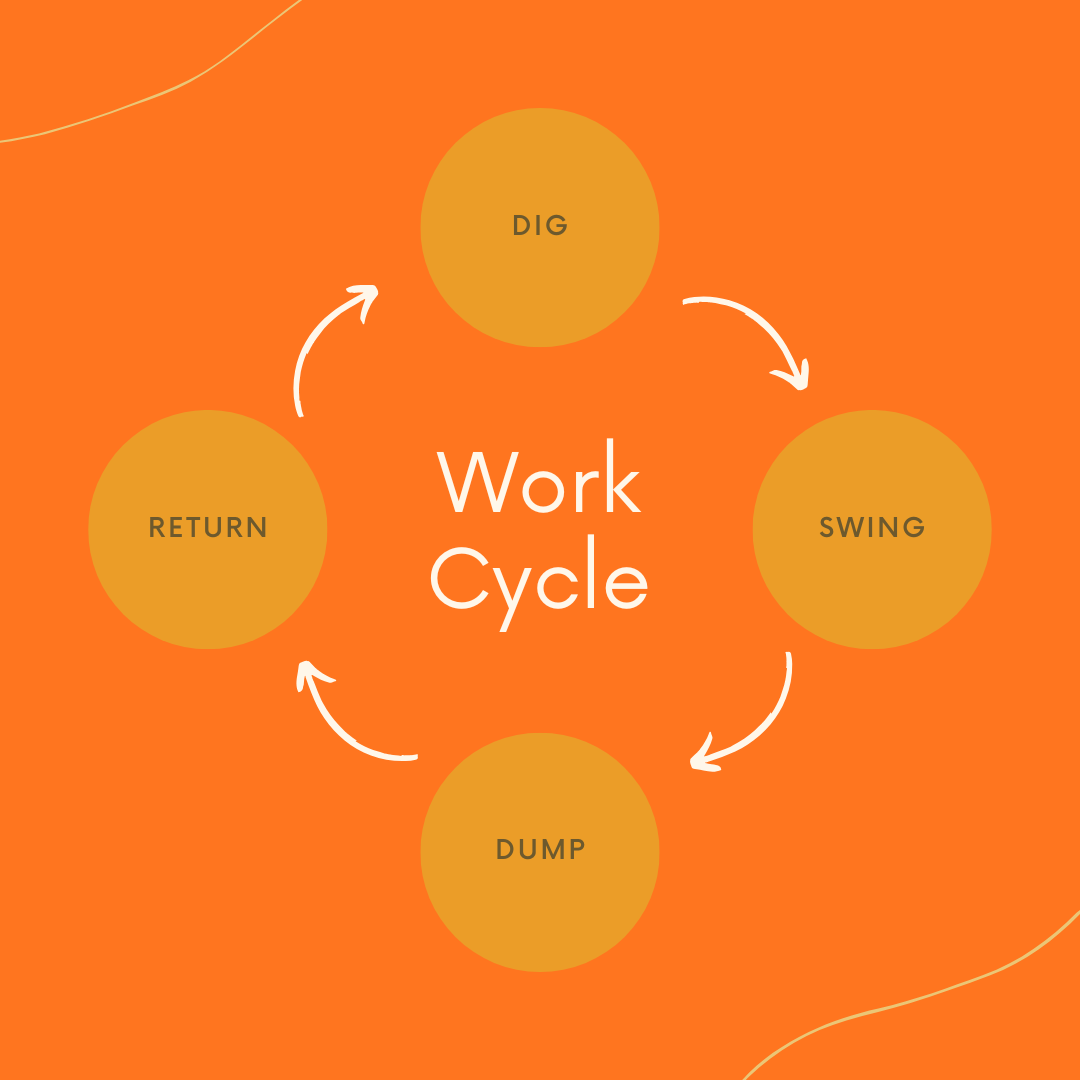Iron Insights
Mastering Work Cycles: How to Boost Productivity with Heavy Equipment
Heavy equipment isn’t just about size, power, or brand—it’s about how efficiently it gets the job done. Whether you’re running an excavator, loader, dozer, or haul truck, the secret to true productivity lies in understanding and optimizing work cycles.
What Is a Work Cycle?
A work cycle is the repeated sequence of actions a machine performs to complete a task. For example, an excavator’s cycle includes digging, swinging, dumping, and returning. A wheel loader’s cycle might involve filling the bucket, carrying, dumping, and reversing. Every second in that sequence matters—shaving off just a few seconds per cycle can add up to massive time and fuel savings across a full shift.
Why Work Cycles Matter
Think of a cycle as a heartbeat for your machine. The smoother and more consistent the cycle, the better your operation flows. Long or inefficient cycles mean more fuel burned, more wear on parts, and more labor hours spent without increasing output. Tightening up your work cycles can:
- Increase productivity by moving more material in less time.
- Reduce fuel consumption by eliminating wasted movements.
- Extend machine life by minimizing unnecessary stress on components.
- Boost operator efficiency by keeping tasks simple and repeatable.
Key Tips for Improving Work Cycles
Plan the Layout
Before the machines start rolling, plan the job site layout. For example:
- Position haul trucks at the right angle so the excavator doesn’t have to swing a full 180°.
- Keep dump piles close enough to reduce loader travel but far enough to avoid crowding.
- Design haul roads that minimize sharp turns and steep grades.
Reduce Idle Time
Machines that sit idling aren’t making you money. Keep operators focused on steady movement. For instance, truck spotting should be quick—every delay waiting for a truck to position eats into the cycle.
Shorten Swing and Travel Distances
Excavators are most efficient with swings under 90°. Loaders perform best when the dump point and load point are set in a “V” pattern instead of long straight runs. Even small adjustments in positioning can save dozens of minutes per shift.
Match Equipment Properly
Productivity suffers when machines are mismatched. An excavator that fills a truck in 10 passes isn’t as efficient as one that can load it in 5–6 passes. Properly sizing and pairing your fleet reduces wasted effort and increases flow.
Train Operators on Cycle Efficiency
A skilled operator doesn’t just run the machine—they fine-tune the cycle. Training operators to minimize over-digging, avoid unnecessary bucket movements, and use the machine’s power band effectively can make a huge difference.
Technology’s Role in Smarter Work Cycles
Modern telematics and machine control systems give operators and managers a clear look at cycle times, idle hours, and fuel burn. These insights can highlight where small changes deliver big gains. Imagine discovering your excavator consistently spends 3 extra seconds per swing—that adds up to hours of wasted time by the end of the week.
Heavy equipment is an investment, and the way you run it determines the return. By focusing on work cycles—those repetitive motions that define productivity—you can move more material, burn less fuel, and keep your machines running strong. For operators and fleet managers alike, mastering the work cycle is one of the fastest paths to a more efficient and profitable job site.

